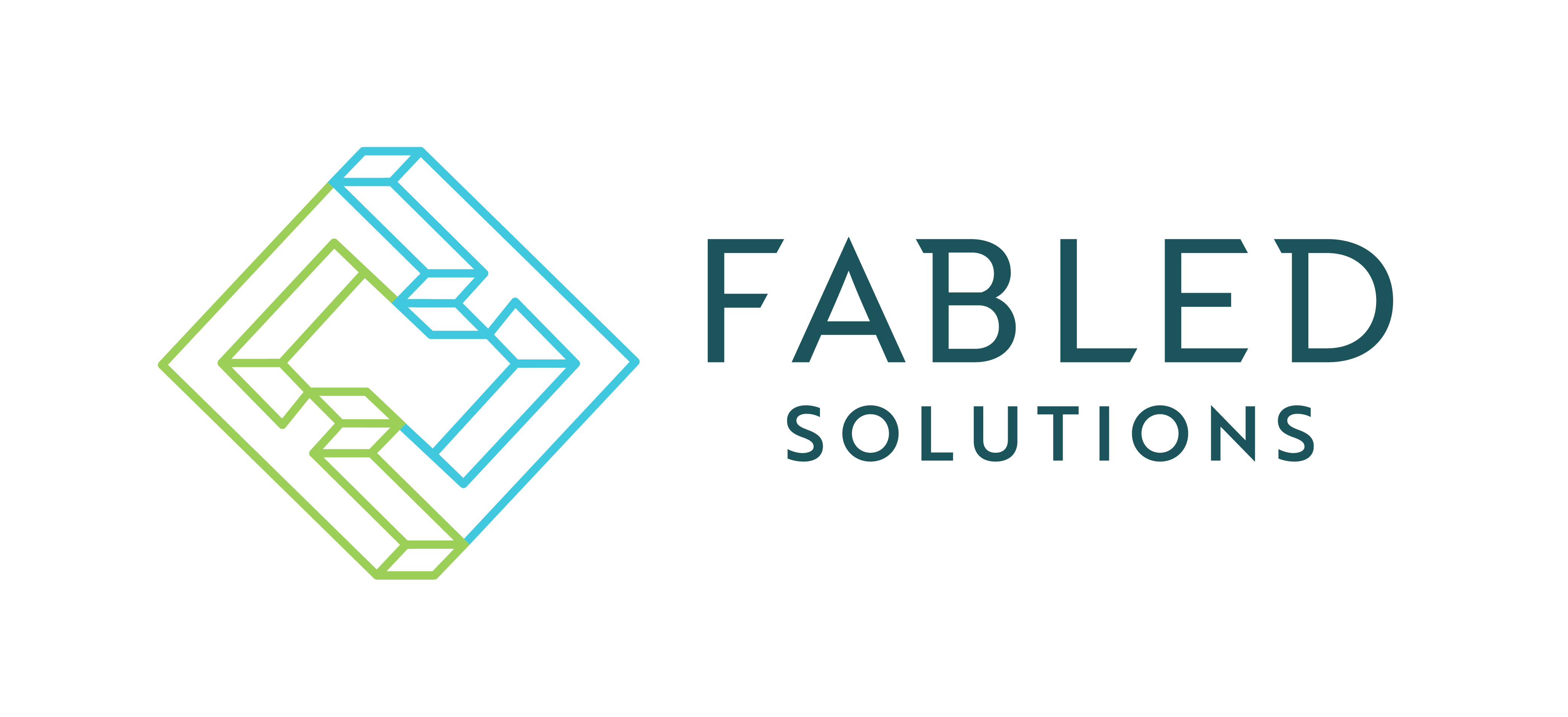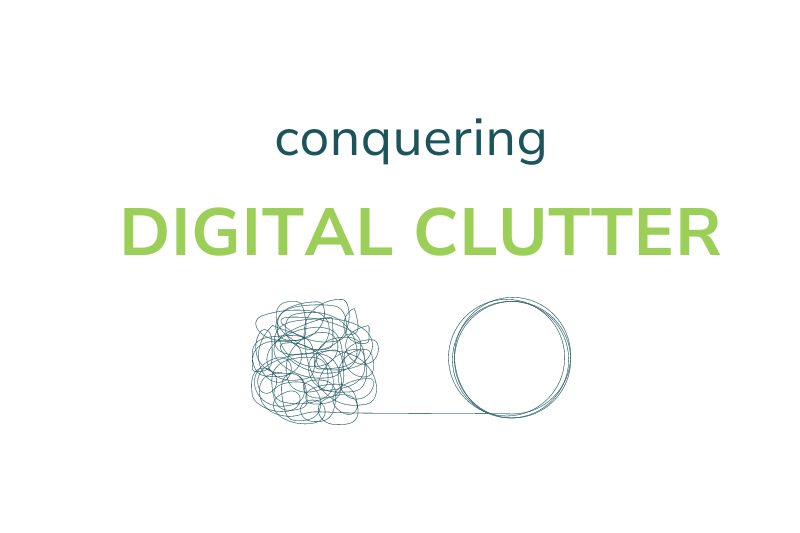Businesses often find themselves inundated with a multitude of software applications and tools, each designed to enhance efficiency and productivity. While these applications are indeed powerful and capable of fulfilling their intended purposes, they can inadvertently contribute to a growing problem known as “digital clutter.”
What is Digital Clutter?
Digital clutter, as the term suggests, is the accumulation of various software applications, data, and technologies that, when mismanaged, can lead to confusion, decreased productivity, and operational inefficiencies. It’s akin to having a messy desk, but in the digital realm. As your business continues to embrace new tools and applications, digital clutter can become a significant hurdle in maintaining a well-organized and efficient workspace.
The Consequences of Neglecting Digital Clutter
As you strive to stay ahead in today’s competitive business environment, ignoring digital clutter can lead to a series of challenges. The more applications you use, the greater the likelihood of experiencing:
Disjointed Workflows: Different tools may not seamlessly communicate with each other, resulting in fragmented workflows and manual data transfers.
Wasted Resources: Paying for multiple software licenses and managing numerous subscriptions can be costly and time-consuming.
Reduced Productivity: Employees can spend valuable time searching for files, navigating through disconnected apps, and troubleshooting integration issues.
Security Risks: Unmanaged digital clutter can create security vulnerabilities, potentially exposing sensitive business data to unauthorized access.
Strategies for Taming Digital Clutter
Over the years, we have found an increasing request from potential and existing customers for a new kind of service revolving around tidying up and linking existing applications and software together. We call this service bridging, but it could be considered digital technology integrations. This is work we really enjoy, even if it’s a departure from our usual, larger, full-stack development projects. These bridges sometimes involve building or connecting with APIs (read our article to learn more about the benefits of APIs), providing a middle ground, or communicating solutions that work as an unseen middle ground.
Nevertheless, bridging is one of the many strategies you could use to address the issue of digital clutter. Consider the following suggestions:
Maximize Existing Potential: Take a close look at the functionalities of your existing technologies. You may discover that some applications have features that can replace the need for others, reducing the overall number of tools you use.
Digital Spring Cleaning: Regularly evaluate your software inventory and remove redundant or unused applications. This “spring cleaning” can free up resources and streamline your digital workspace.
Building Bridges or Integrations: Often, the key to managing digital clutter lies in creating connections between your applications. Building bridges or integrations can help ensure that your essential technologies work harmoniously together, reducing redundancy and enhancing productivity.
Custom Solutions: For a more comprehensive approach, consider investing in custom solutions that are tailored to your specific business needs. While this may involve a higher initial cost, it can significantly reduce the complexities of managing multiple systems and processes.
By proactively addressing digital clutter and implementing these strategies, you can maintain a streamlined and efficient technology ecosystem that empowers your business to thrive in the digital age.
Get in touch with our team to chat about the different digital solutions that can help you declutter your digital space.


